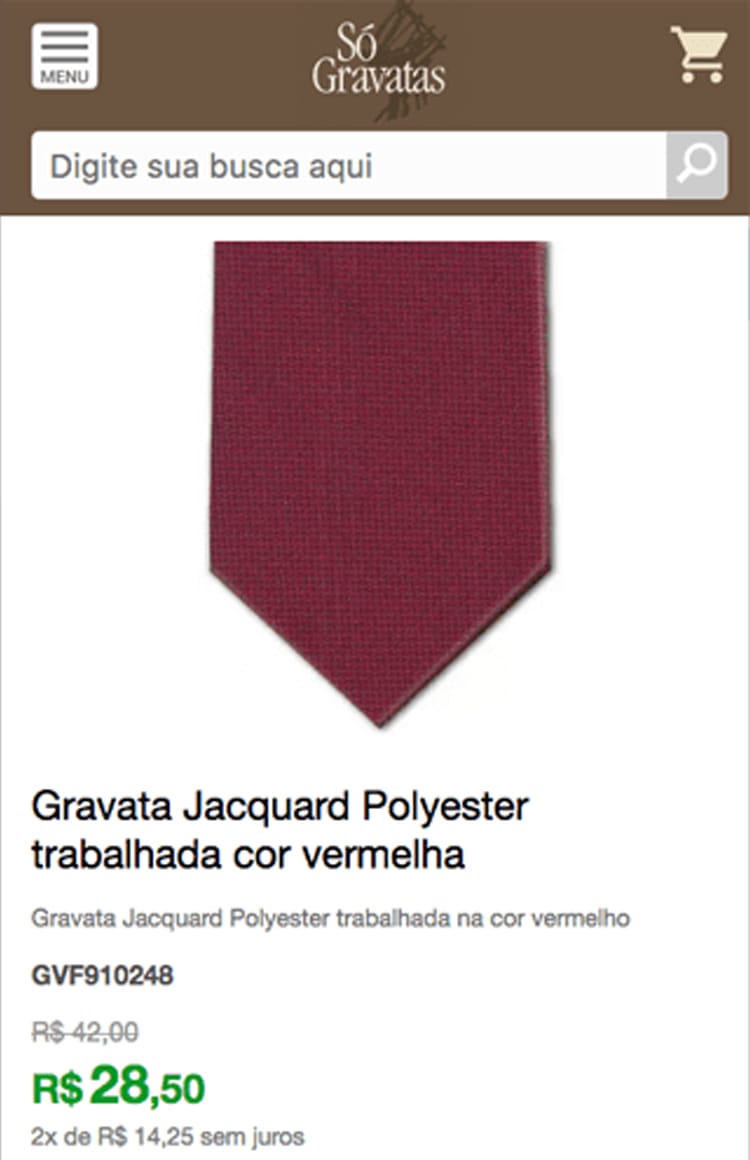JUNE 12, 2017
Fastcommerce drives conversions for clients by building AMP-first

Brazil-based Fastcommerce provides a full-service e-commerce solution for 35,000 companies, from projector company Global Projetores to tie retailer SóGravatas, to many, many more. An early adopter of Responsive Web Design, CTO and Co-founder Guilherme Rudnitzki says, “Mobile is in our DNA.” With more than half of all searches now occurring on mobile, Fastcommerce’s mobile-first philosophy is driven by the needs of its clients’ always-connected, smartphone-in-hand lifestyles.
Solution
As publishers around the world began adopting AMP to speed up page load times on mobile devices, Rudnitzki and his team identified AMP’s potential to provide real value to Fastcommerce’s platform. At first, the company considered only implementing AMP into product list pages like some other e-commerce operations, but then went a step further. In December 2016, the company integrated AMP for every step on their platform until checkout.
With AMP built into product and category pages, customers on Fastcommerce-hosted site move from AMP page to AMP page. Only when shoppers land on a page that requires an additional level of code—for instance JavaScript during checkout—do they leave the AMP experience. “In our vision, our clients’ customers should have the lightning-fast AMP experience as long as possible,” Rudnitzki says.
Results
The bottom line for Fastcommerce’s clients is sales. This is where the adoption and integration of AMP into the core of the company’s solution yields the biggest dividend. So far, the company has published more than 2 million AMP pages for almost 80 stores. With page-load speeds improved by 2.5x—from 3-4 seconds to less than one second on 3G networks— Fastcommerce’s clients are seeing a 15% lift in conversions on mobile as compared to non-AMP pages.
Rudnitzki is excited about the future. “With our AMP-first strategy, every new store we host is built with the AMP framework at its core,” he says. “We are now looking at using the latest in amp-bind, so we can provide the shopping cart flow within our AMP product pages. This will improve our offering and help even more of our clients provide fast, mobile-friendly service to their customers.”